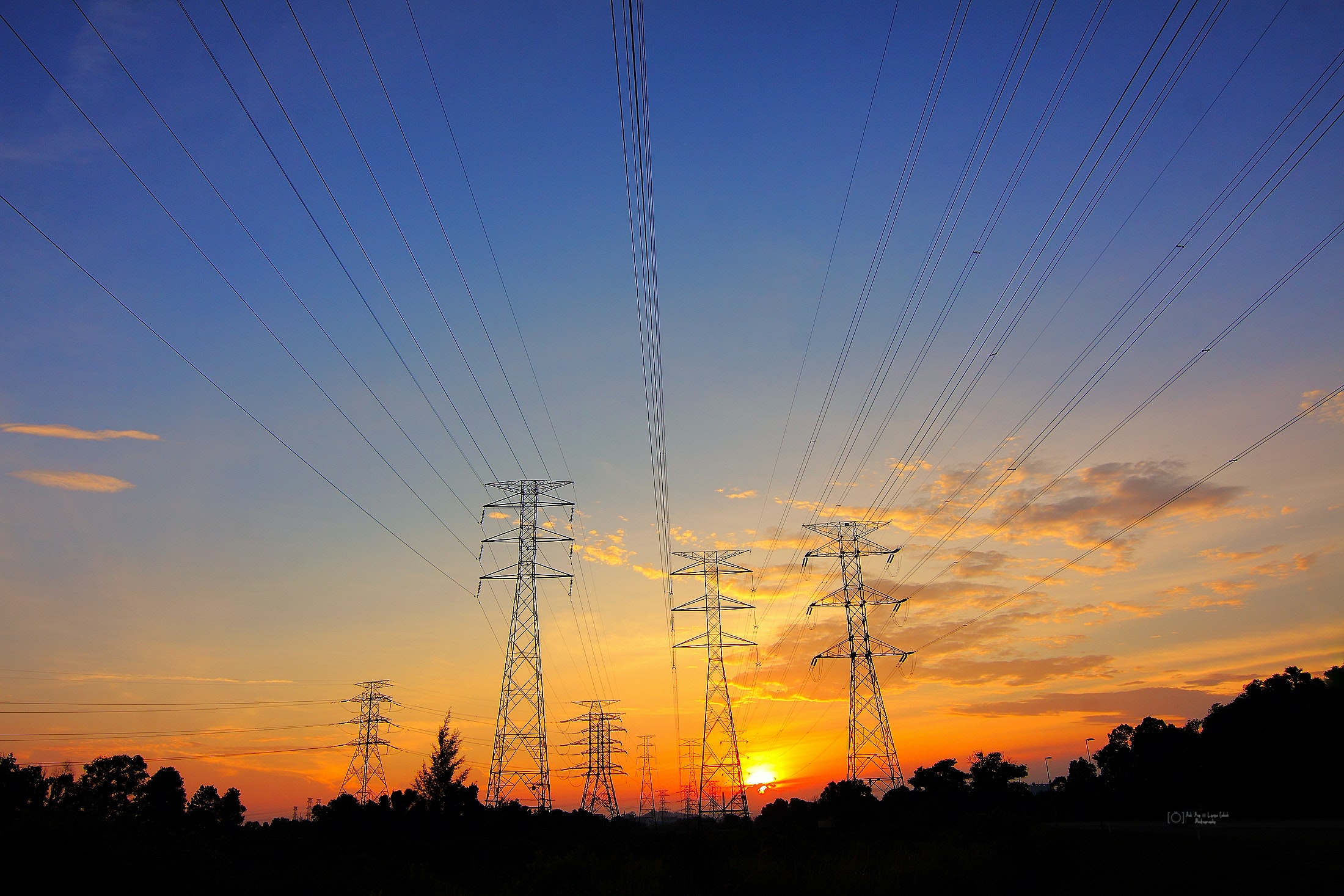 VEIR, an early-stage technology company based in Woburn, Mass., is pioneering the first application of superconducting transmission over long distances, a key component to deliver renewable sources of energy safely and reliably from where it is generated to where it is needed, often cross-country. VEIR is teaming up with National Grid, an electricity, natural gas, and clean energy delivery company with operations in the US and UK, that will aid the project in product development with the joint goal of demonstrating the new technology on a protected area of the grid.
VEIR, an early-stage technology company based in Woburn, Mass., is pioneering the first application of superconducting transmission over long distances, a key component to deliver renewable sources of energy safely and reliably from where it is generated to where it is needed, often cross-country. VEIR is teaming up with National Grid, an electricity, natural gas, and clean energy delivery company with operations in the US and UK, that will aid the project in product development with the joint goal of demonstrating the new technology on a protected area of the grid.
"VEIR shares National Grid's commitment to a fossil-free world, and this collaboration agreement adds momentum to VEIR's development of technology that we believe will eventually deliver clean energy into the grid safely, reliably and faster than the existing system," says Adam Wallen, VEIR's CEO. "We are thrilled to be working with one of the industry's preeminent, forward-thinking companies. The practical experience that National Grid's engineers have gained from running transmission systems around the world will help us accelerate the safe and reliable deployment of our high-capacity transmission lines."
"With climate change, it's increasingly critical to decarbonize the energy system by connecting more renewable resources while using existing rights of way and other infrastructure," adds David Wright, National Grid's group chief engineer. "National Grid is eager to help develop and deploy new technologies that can improve the capacity of existing lines, so we can increase the flow of clean energy without impacting the customers and communities we serve."
Under the collaboration agreement, National Grid engineers will help proof VEIR's work by providing constructive feedback during all phases of development, with an emphasis on how best to integrate this new technology into the larger electric grid. “What we’re really focused on is how we deliver green power at scale in order to decarbonize both the US and UK economies and show the world how to do it?” says Wallen. “We’re always on the lookout for new technology and, particularly, how to put a lot more capacity on rights-of-way.”
According to VEIR’s research, conventional transmission relies on a growing physical footprint that includes higher voltage, taller towers and wide new rights of way. Over very long distances, a 500-kV high voltage, direct current transmission line loses 10% of its electricity to resistance every 1,000 miles. In addition, conventional transmission relies on metal conductors, which have thermal limits. “When excessive power is put through a metal conductor, transmission lines will melt, sag and catch fire,” adds Wallen.
Superconductivity calls for energy from evaporated liquid nitrogen cooled to as much as negative 250° C, effectively providing zero resistance and allowing large amounts of power to be transferred over long distances. The problem is how to provide cooling evenly over long distances. “Using liquid nitrogen and the cooling energy from evaporation are a ‘really interesting prospect,’” Wright says. Previous high temperature superconductor cable systems have used subcooled liquid nitrogen to maintain the systems at operating temperature. Costly and unreliable subcooling equipment was needed every five miles, preventing the development of cost-effective, long-distance lines.
VEIR's technology comes at a time when the US must double or triple the transmission capacity needed to connect more renewable energy to the electric grid and combat climate change. As new transmission lines become necessary, projects that use VEIR's new superconductors will be able to move more capacity within existing rights of way, thus easing siting and permitting reviews for developers. “We plan to test the technology on a few transmission spans and increase the voltage in prototypes,” says Wright.
"National Grid's collaboration with VEIR is a perfect intersection of our mission to discover and deploy startup technology that can help National Grid continue its leadership in the renewable energy future," says Lisa Lambert, National Grid Chief Technology and Innovation Officer and founder and president of National Grid Partners. "VEIR is working on a transformative technology for the electric grid, and this collaboration will combine the strengths of an innovative startup with the scale and expertise of an established industry leader."
Source: Utility Dive
Image: Courtesy of Artur Nichiporenko via Getty Images



